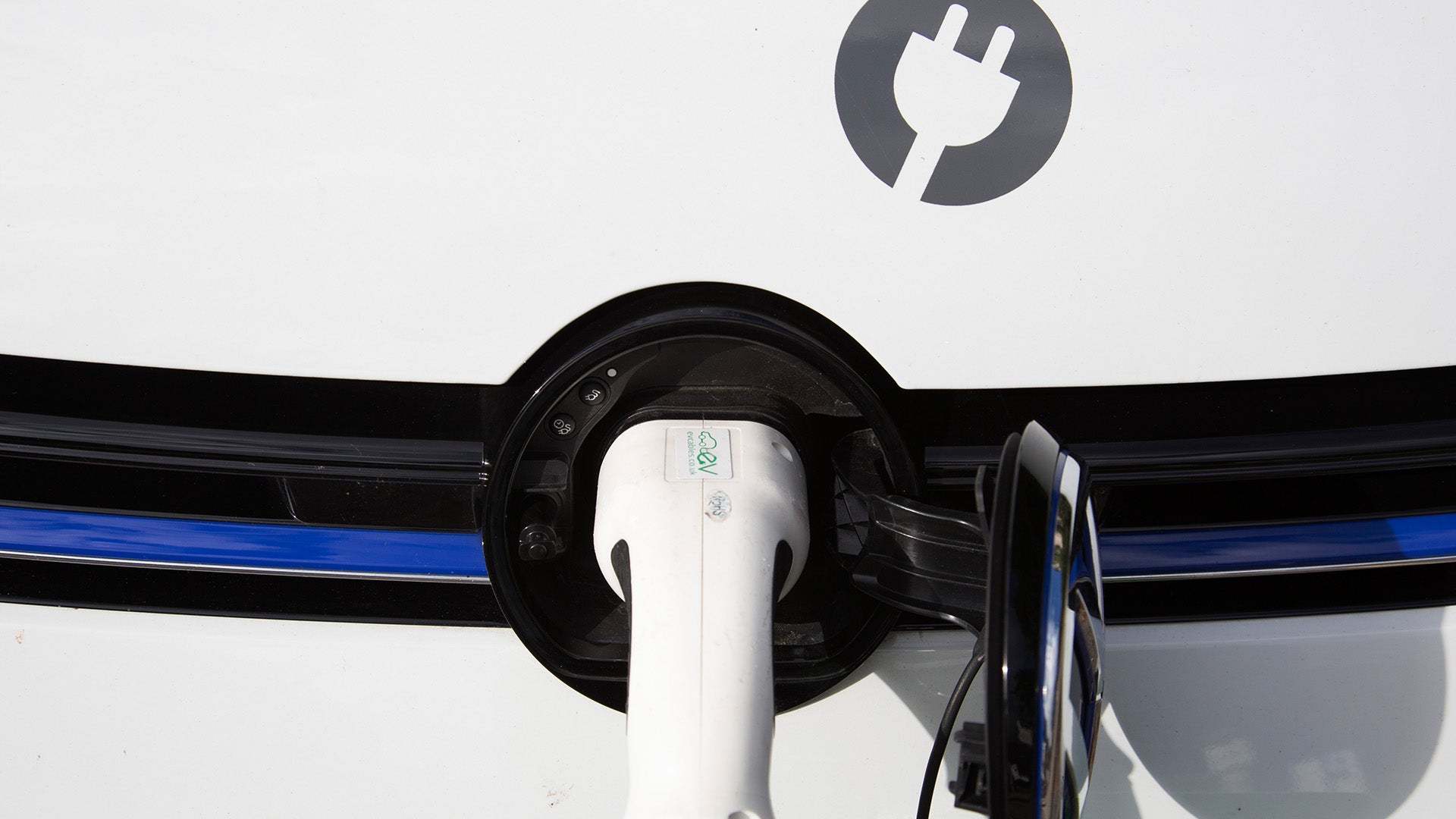Despite the world being full of technological advancement, we still have ways to improve. Electric cars, as an example, are nowhere as easy to charge as taking a gasoline-powered car to a gas station for a fill. What occurs in minutes for one, might take nearly an hour (or longer) for the other. The real problem comes when figuring out how to deal with the sudden influx of new electric cars and not enough chargers. So what needs to come first, the chicken or the egg?
According to Jeff Allen, Executive Director at Forth Mobility (formally Drive Oregon), we need to stop using that comparison altogether. Instead of blaming the infrastructure, or stunting the growth of cars due to the amount of chargers on the road, we should be thinking of the problem more like a hot dog and bun scenario. That being, maybe we don't need to compare a ten pack of hot dogs (electric cars) to an eight pack of buns (chargers).
Do we really need a one-to-one ratio of electric cars and charging stations? The answer, just like gas pumps, is no. Where the line draws thin is when the time it takes to charge a car is compared to the time it takes to fill up. The EPA limits gas pumps to dispensing 10 gallons per minutes in the United States. To fill up a 13 gallon tank from empty, for example, it would take at least a minute and twenty seconds of pumping. Consequently, it takes about 112 minutes to fully charge an 85 kWh Tesla Model S at a Tesla Supercharging station (though it is free). This means for every full charge of the Model S, 86 gasoline-powered cars could pass through a gas pump. See where this is going?
"Large numbers of electric vehicle drivers happily drive without ever using public charging or even having a dedicated charger in their home," Allen suggests, "I’ve heard estimates that as many as 40% of plug-in owners simply use the cord that came with their car and an outlet in their garage overnight."
To some, the amount of electric chargers on the road simply isn't enough. In some circumstances, this is true. Just last week during the solar eclipse, some chargers were overly packed and prevented drivers from charging their vehicles while on a road trip. But in the eyes of Allen, maybe drivers are simply using chargers wrong. He doesn't deny that public fast chargers are indeed important, but as the market grows, there will never be enough buns (chargers) to accommodate for the increase in electric vehicles on the road, as this number is very likely to increase exponentially over the next several decades.
So as manufacturers continues to build charging stations in all types of different areas, early electric car adopters will begin to feel the tension lifted over time. This, of course, assumes that charging keeps up with the burden of demand as new electric vehicles are introduced into market. Perhaps Toyota's research in solid state batteries will soon overtake current battery technology and enable faster charging. Until that time happens, we might just need to figure out a new way to eat our hot dogs at home.









